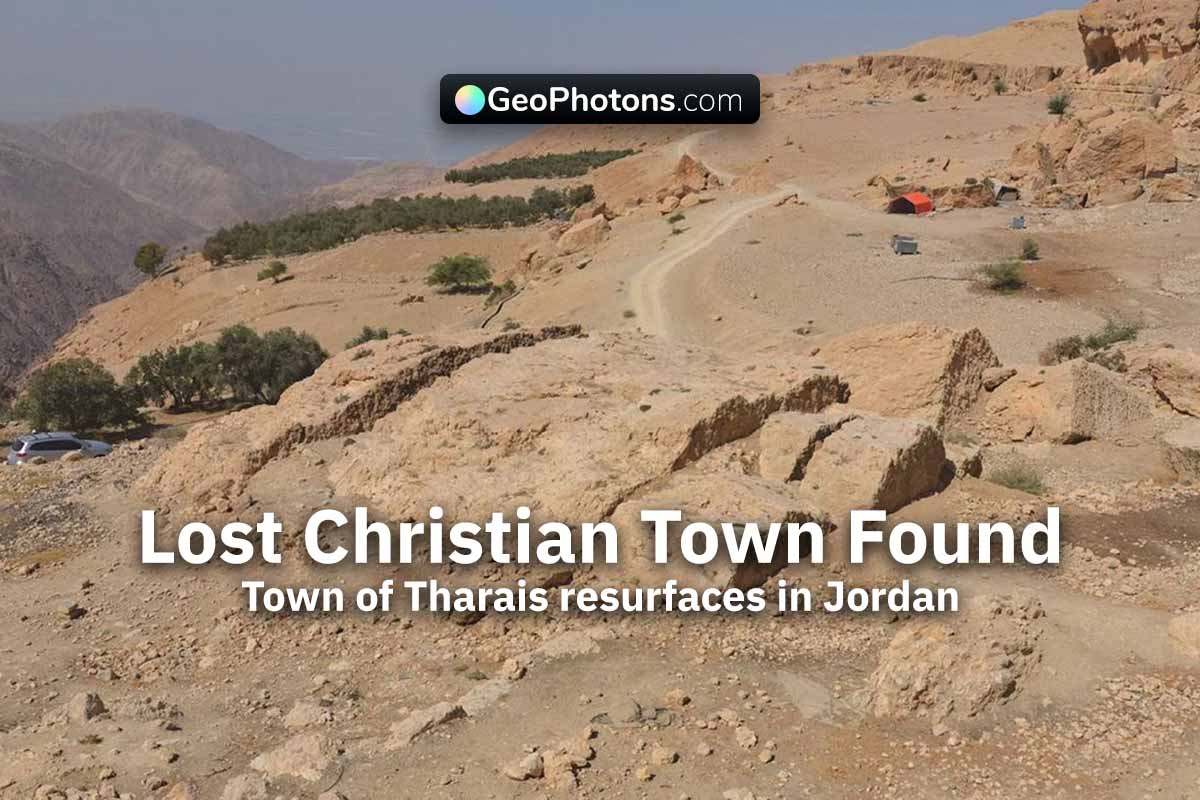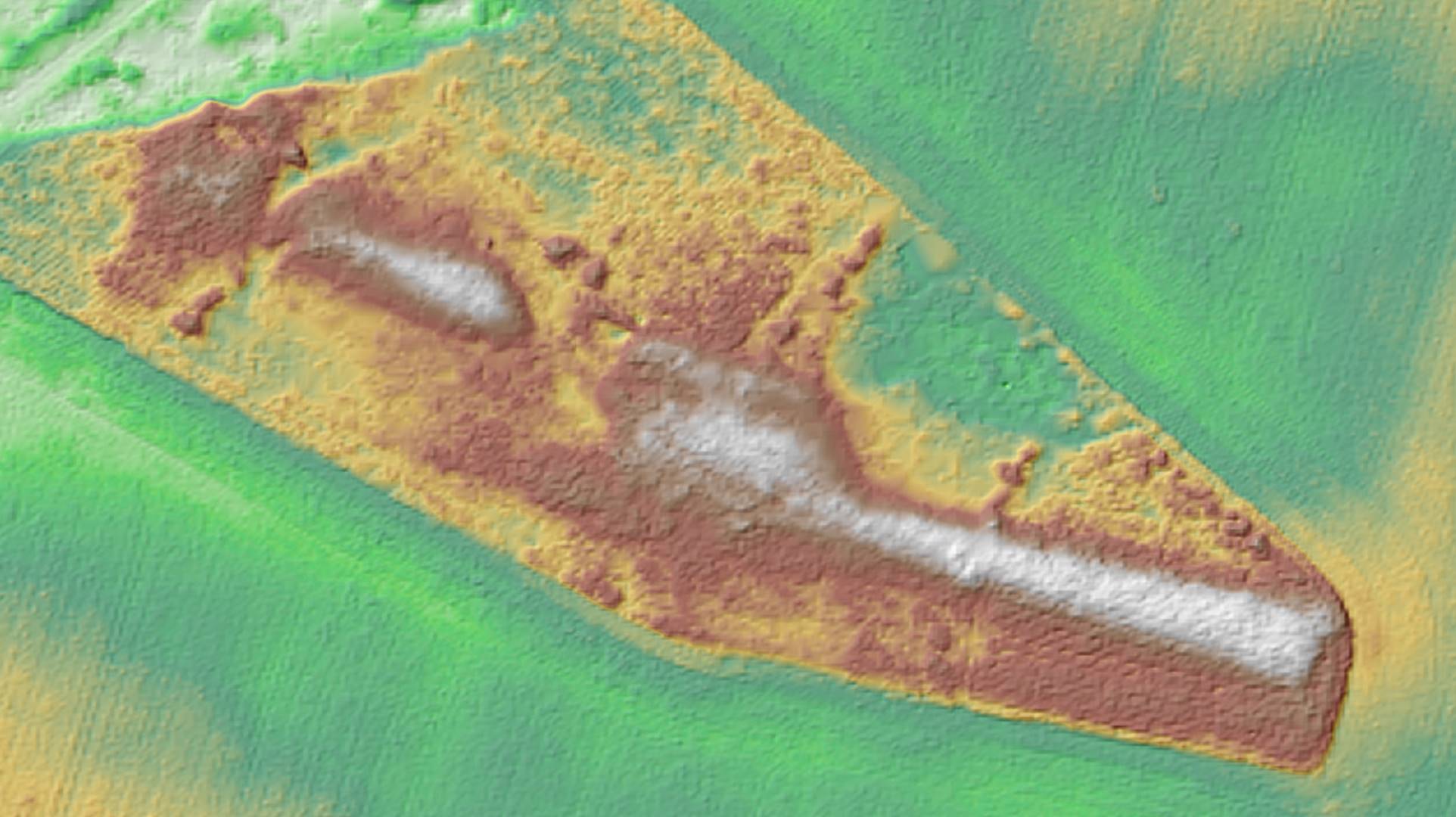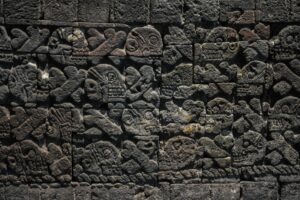1500 Years Old Menorah Stone Capital Unearthed in Jerusalem
A 1500 years old stone capital featuring a rare eight-branched menorah was unveiled on April 29, 2025, in Jerusalem, offering new insight into Jewish-Roman architectural heritage.
1. What was discovered and when was it revealed to the public?
On April 29, 2025, in Jerusalem, the Israel Antiquities Authority (IAA) unveiled a unique 1,500-year-old limestone capital bearing an eight-branched menorah. The artifact was originally discovered in 2020 near Motza. Displayed at the Jay and Jeanie Schottenstein National Campus for Archaeology, it coincides with Israel’s Independence Day, underlining its cultural significance. All facts are verified by IAA excavation records and expert interviews published by The Times of Israel and Hebrew University press releases.

2. Why is this menorah depiction historically rare?
Unlike the standard seven-branched menorahs widely found in synagogue art, this capital shows an eight-branched menorah on all four sides. The rarity lies in its form, never before found on architectural elements from the Roman-Byzantine periods. Dr. Orit Peleg-Barkat of Hebrew University emphasizes its anomalous nature, noting it diverges from architectural norms of that era. Its presence raises important questions about its religious and cultural symbolism at that specific site.
3. What does the excavation context reveal about the artifact’s origins?
The capital was uncovered upside down in a 6th–7th century CE Byzantine structure, indicating it was reused. Excavation directors Dr. Uzi Ad and Anna Eirich suggest it likely originated from a 2nd–4th century CE Roman building. The area was once inhabited by retired Roman soldiers, making the Jewish symbol’s presence there a curious mystery. The secondary use of such ornate stonework is well-documented in Roman architectural practices, confirming this theory.
4. Who were the key experts involved and what are their roles?
Dr. Uzi Ad and Anna Eirich led the excavation under the IAA, while Dr. Orit Peleg-Barkat provided architectural analysis. Minister of Heritage Rabbi Amichai Eliyahu offered cultural commentary. Their combined efforts verified the artifact’s age, style, and context using carbon dating of surrounding materials and comparative stylistic analysis. The involvement of leading figures enhances the scholarly credibility of the find.
Quick Fact Box:
🗓 Excavation Date: 2020
📍 Location: Near Motza, outside Jerusalem
🔍 Revealed: April 29, 2025
🕎 Unique Feature: 8-branched menorah on 4 sides
🏛 Time Period: Roman to Byzantine (2nd–7th century CE)
🔬 Verified by: Israel Antiquities Authority, Hebrew University of Jerusalem
5. What makes this find culturally and politically significant?
Heritage Minister Amichai Eliyahu stated, “The menorah capital affirms the deep-rooted Jewish link to Jerusalem.” The find resonates during Israel’s Independence Day, reinforcing national identity through archaeological heritage. It strengthens cultural narratives with verified, tangible evidence, serving as a unifying symbol amid contemporary geopolitical tensions. It’s currently showcased in Jerusalem for public engagement and national pride.
6. How does the craftsmanship differ from traditional architecture of the era?
According to Dr. Peleg-Barkat, the capital’s structure—with uneven leaves and menorah stems—suggests a craftsman unfamiliar with Roman-Byzantine urban norms. Unlike symmetrical Corinthian capitals, this one appears more provincial. Comparative analysis with Second Temple-era stonework reveals an experimental style, suggesting local adaptation of classical motifs. This may indicate the blending of rural artistry with imported religious symbolism.
7. What are experts and officials saying about this find?
Minister Eliyahu noted, “This rare archaeological find serves as a bridge between our glorious past and the renewal of our independence.” Eli Escusido of the IAA added, “There is no more appropriate time to reveal this find to the public.” These statements, verified through IAA’s official press conference, emphasize the symbolic timing and public accessibility of the discovery, linking historical reverence with modern identity.
What makes this story a must-read
This story unveils a globally unique artifact that redefines Jewish-Roman era architecture. Expert analysis, historical relevance, and cultural symbolism converge to make it an essential read for history enthusiasts.
Article information was extracted from Israel Antiquities Authority.
Share this content:














Post Comment